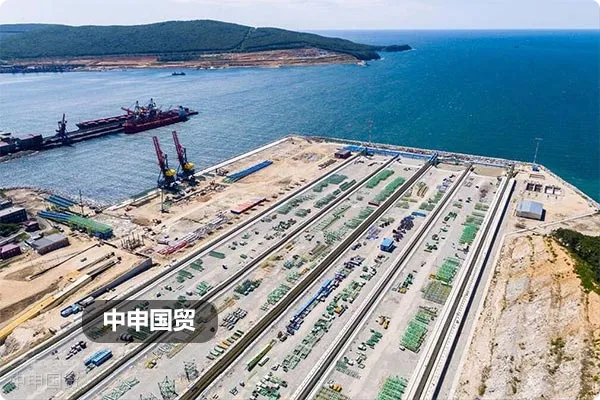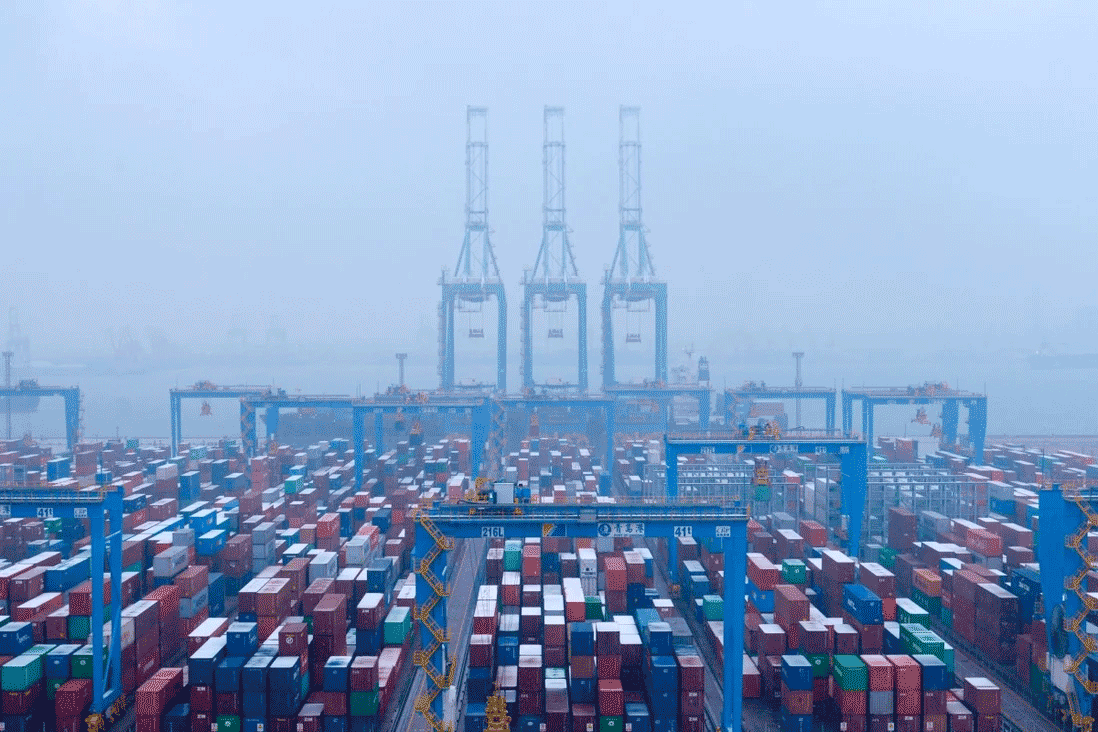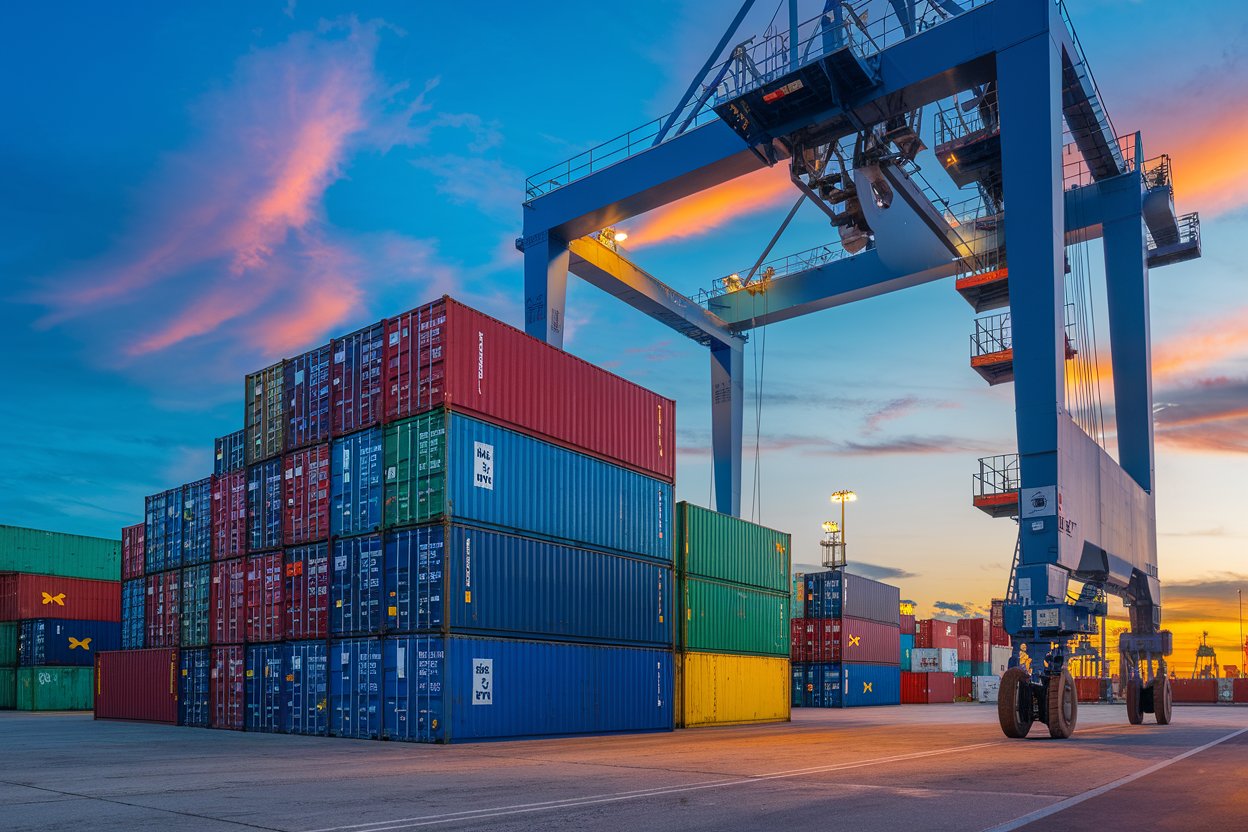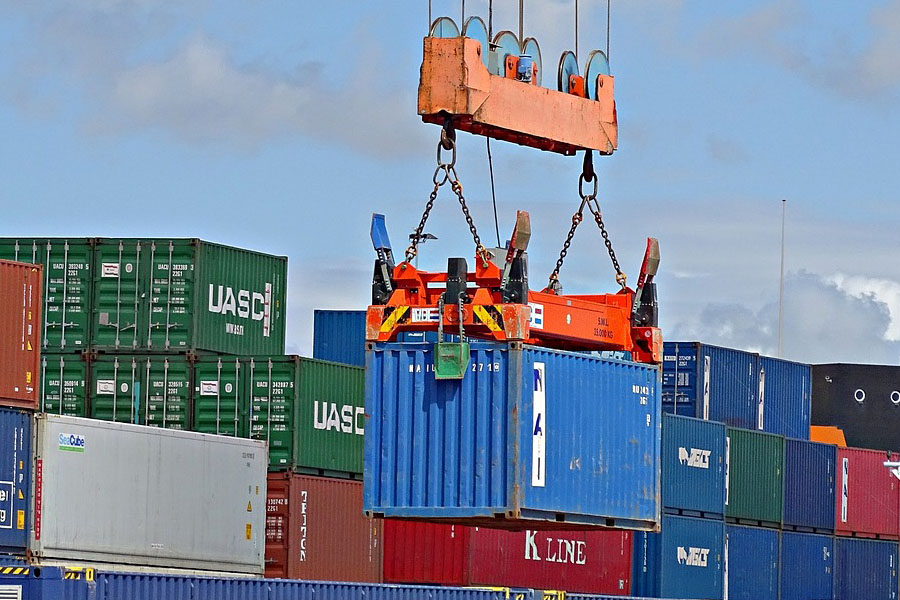- Shanghai Zhongshen International Trade Co., Ltd. - Two decades of trade agency expertise.
- Service Hotline: 139 1787 2118

Key changes in the 2025 imported equipment subsidy policy
According to the latest Implementation Measures for Import Tax Policies on Major Technical Equipment issued by the Ministry of Finance, the 2025 imported equipment subsidy policy features three core adjustments:
- Expansion of supported fields: Addition of 12 categories of high-tech production equipment including biopharmaceutical preparation equipment and precision testing instruments
- Optimization of review processes: Implement a commitment before review mechanism, reducing declaration materials from 17 items to 9
- Tiered subsidy amounts: Three subsidy tiers of 15%-30% based on equipment technology level, with the maximum single-unit subsidy limit increased to 8.5 million yuan
Four-step strategy for agency-imported subsidy applications
Standardized operational procedures refined from 500+ successful cases:
- Qualification pre-review stage
- Verify the validity period of the enterprises high-tech certification
- Confirm the accuracy of the equipments customs code classification
- Document preparation stage
- Prepare bilingual technical parameter comparison tables (Chinese-English)
- It is recommended to verify through the following methods:Verify compliance of supporting documents and test reports
- Implementation stage of declaration
- Key points for electronic single-window customs declaration
- Contingency plans for common issues during formal review
- Fund supervision stage
- Requirements for establishing special subsidy fund accounts
- Preparation for equipment usage tracking audits
Three major cognitive misconceptions in the application process
Based on analysis of Q1 2025 customs violation reports:
- Misjudgment of equipment purpose: 78% of failed applications stem from discrepancies between actual equipment use and declared purposes
- Parameter matching deviations: A 5%+ difference between imported equipment parameters and domestic certification standards may trigger review
- Timeline management failures: The 120-day window from equipment arrival to completed application requires precise breakdown across operational nodes
Typical success case analysis
Case 1:A certainMedical EquipmentThe company imported German CT equipment through an agent, utilizing the two ends outside policy of the free trade zone and combining high-tech subsidies, ultimately achieving a 27.5% comprehensive cost optimization.
Case 2:An auto parts manufacturer adopted the equipment leasing + phased declaration model, completing the import of a production line worth 230 million yuan in three phases, cumulatively receiving 31.8 million yuan in government subsidies.
Case 3:New energyThe enterprise passesequipment. For example, Indonesia has the SNI certification, Thailand has the TISI certification, and the Philippines has the BPS certification. It is necessary to confirm in advance the equipment voltage (such as 380V/50Hz in Thailand), the compatibility of the CE certification, and the proof of environmentally friendly materials.Separate declaration of technical services, obtaining additional R&D expense deductions while complying with WTO rules
Related Recommendations
? 2025. All Rights Reserved. Shanghai ICP No. 2023007705-2  PSB Record: Shanghai No.31011502009912
PSB Record: Shanghai No.31011502009912










